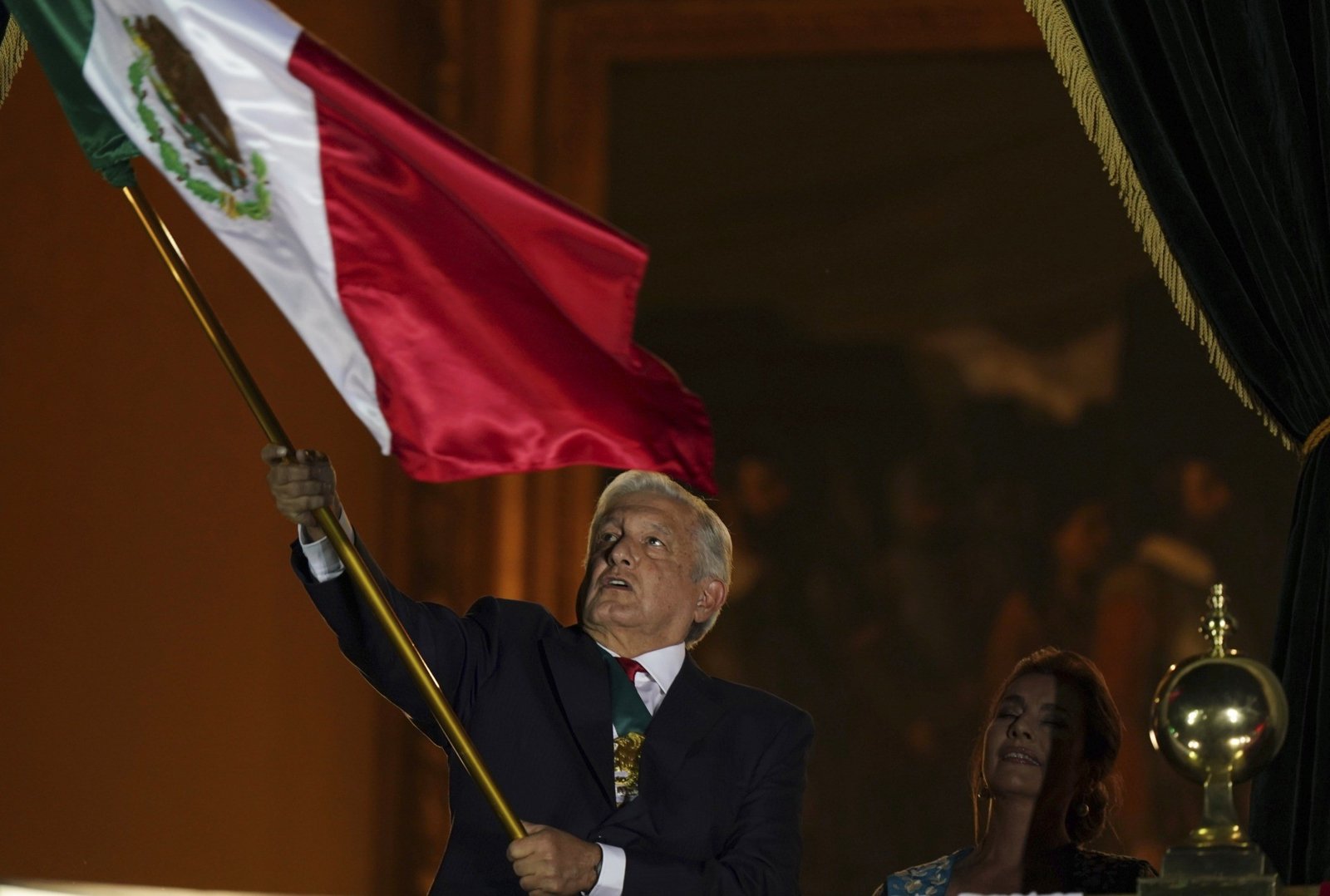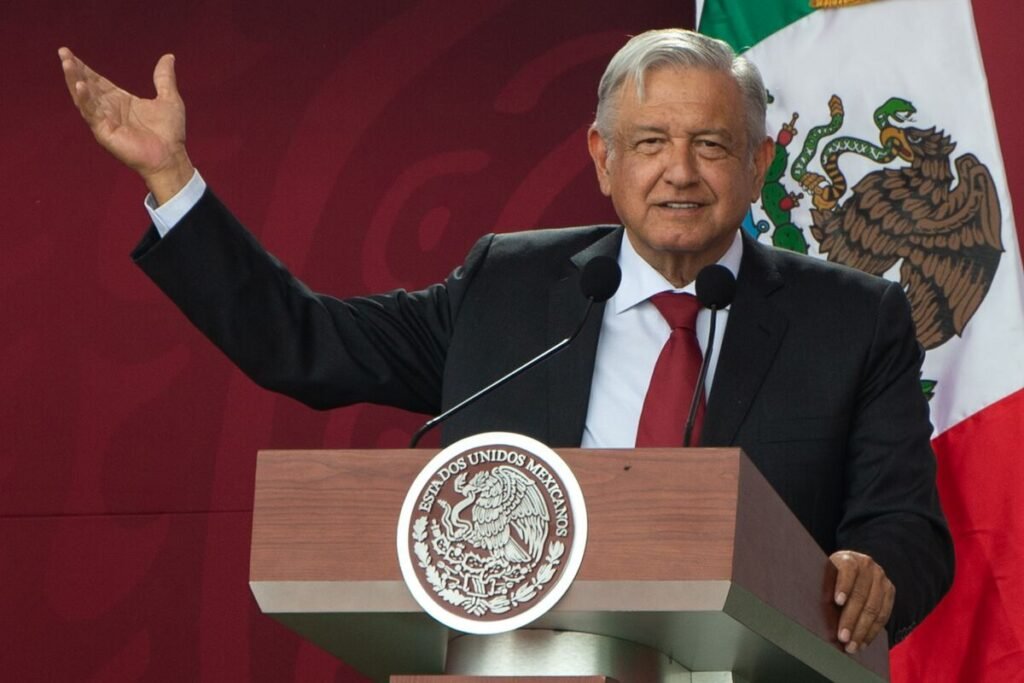In May 2023, the government of Andrés Manuel López Obrador (AMLO) approached its final year with a complex legacy. AMLO’s tenure has been marked by a series of challenges, including the global COVID-19 pandemic, an accompanying economic downturn, violence, and the ongoing criticism from the right-wing opposition. Despite these obstacles, AMLO remains an extraordinarily popular figure in Mexican politics, with his approval ratings consistently exceeding 65%, particularly among the poorer sectors of society.
One of the key elements behind AMLO’s enduring popularity is his ability to harness the dissatisfaction of Mexico’s working class, youth, and women, who had long suffered from the effects of neoliberal policies. His election in 2018 came after decades of government administrations that oversaw significant privatization efforts, particularly in the energy and labor sectors, under the leadership of figures like Felipe Calderón and Enrique Peña Nieto. These administrations also enabled widespread violence, with state collusion in the rise of drug cartels leading to the disappearance and deaths of thousands. AMLO’s rise to power was seen as an opportunity to reverse this tide of corruption and neoliberalism.

AMLO’s presidency, however, has not been without its limitations. From the outset, AMLO promised to tackle corruption and neoliberalism but within the confines of the capitalist system. His strategy has been to strengthen state institutions by curbing waste, reducing the salaries of top officials, and improving tax collection. While these efforts have garnered popular support, AMLO has been careful to avoid directly confronting the larger structures of capitalism and imperialism that drive systemic inequality in Mexico.
AMLO’s presidency, however, has not been without its limitations. From the outset, AMLO promised to tackle corruption and neoliberalism but within the confines of the capitalist system. His strategy has been to strengthen state institutions by curbing waste, reducing the salaries of top officials, and improving tax collection. While these efforts have garnered popular support, AMLO has been careful to avoid directly confronting the larger structures of capitalism and imperialism that drive systemic inequality in Mexico.
AMLO’s presidency, however, has not been without its limitations. From the outset, AMLO promised to tackle corruption and neoliberalism but within the confines of the capitalist system. His strategy has been to strengthen state institutions by curbing waste, reducing the salaries of top officials, and improving tax collection. While these efforts have garnered popular support, AMLO has been careful to avoid directly confronting the larger structures of capitalism and imperialism that drive systemic inequality in Mexico.
In the economic realm, AMLO’s government has pursued a mix of welfare policies and large-scale infrastructure projects. His administration’s welfare programs—targeting sectors such as education, youth employment, and agriculture—have provided relief to millions of Mexicans. However, critics argue that these measures do little to address the underlying issues of poverty and inequality. They are seen as palliative, rather than transformative. At the same time, AMLO has promoted foreign investment by implementing tax exemptions and building infrastructure aimed at attracting international capital. The Mayan Train, for example, is set to transport both freight and tourists, positioning Mexico as a key player in international trade while opening up its economy to further exploitation by multinational corporations.
Despite AMLO’s efforts to distance his administration from the neoliberal policies of previous governments, his government remains heavily reliant on international capital. Mexico’s subordination to its northern neighbor, the United States, continues to shape its economic and political landscape. The signing of the new Free Trade Agreement and the growing phenomenon of near-shoring—where U.S. companies relocate operations closer to home—have increased Mexico’s dependence on U.S. economic conditions. With the potential for a U.S. recession looming, the future of Mexico’s economy remains uncertain, particularly as it grapples with its own contradictions: rising crime, labor exploitation, and persistent environmental degradation.
One of the more contentious issues in AMLO’s administration has been the influx of right-wing politicians into his party, Morena. While AMLO himself remains widely popular, Morena has evolved into an electoral machine, replicating many of the vices of past political regimes, including corruption and cronyism. This has provoked discontent among the party’s rank and file, who see these developments as a betrayal of the movement’s original ideals.
As AMLO’s term nears its conclusion, attention is shifting toward the 2024 elections. The political landscape within Morena is divided between those who favor continuing AMLO’s policies, represented by figures like Claudia Sheinbaum, and those who advocate for a shift toward more direct negotiations with the bourgeoisie, such as Marcelo Ebrard. Regardless of the outcome, the next administration will inherit an economy that is heavily dependent on the United States and a political environment shaped by AMLO’s complicated legacy of welfare policies, military involvement, and economic concessions to capital.
In conclusion, AMLO’s presidency represents both a break from the neoliberal policies of the past and a continuation of Mexico’s deep-rooted struggles with capitalism. His efforts to combat corruption and improve living standards have resonated with millions, yet his reliance on the military and failure to fundamentally challenge capitalist structures have limited the transformative potential of his administration. As Mexico moves toward the 2024 elections, the contradictions of AMLO’s presidency will likely intensify, setting the stage for a new phase in the country’s political and economic development.


